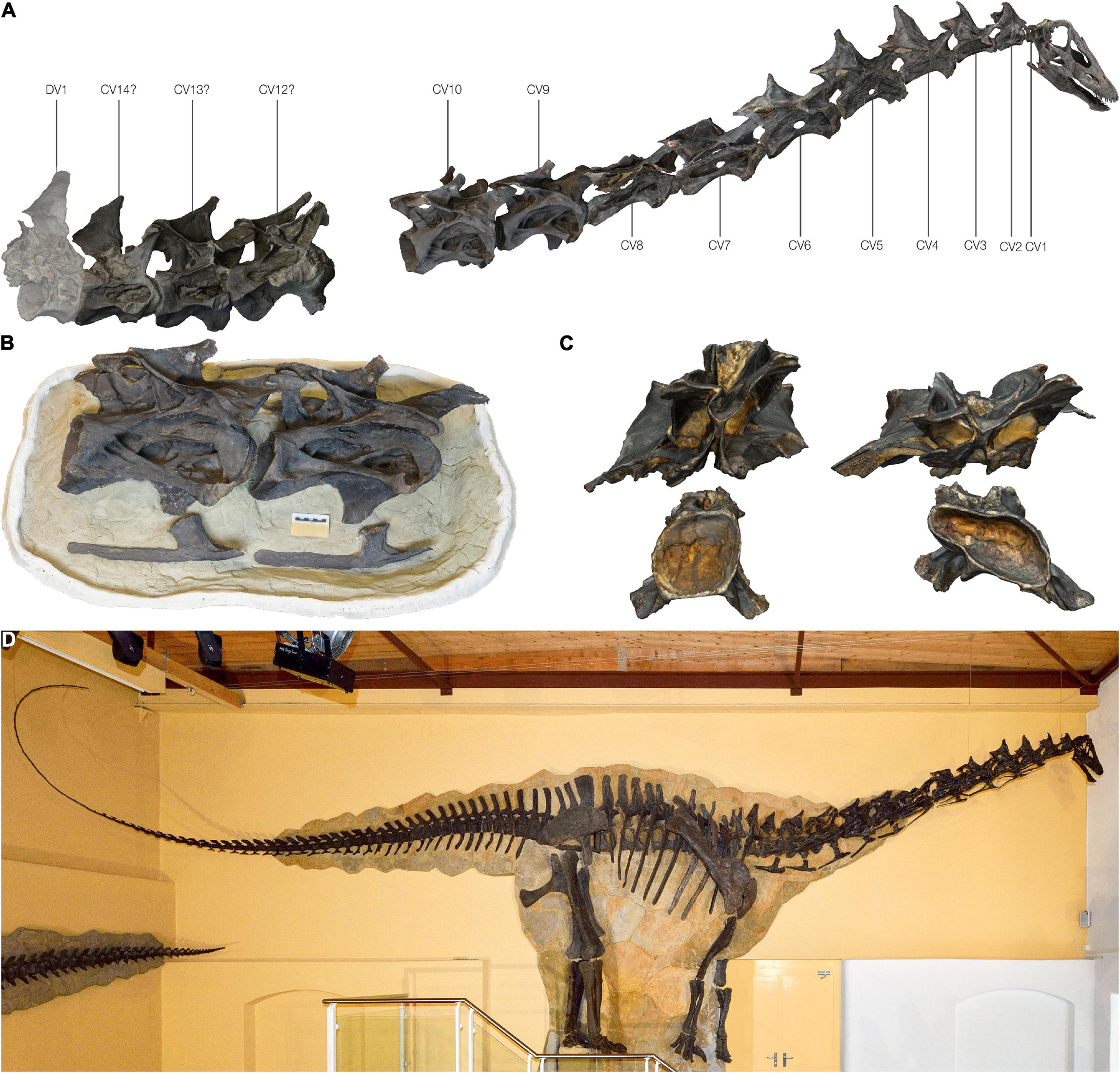Getting The Restoration Service To Work
Table of ContentsThe Facts About Restoration Service UncoveredSome Known Questions About Restoration Service.The Best Guide To Restoration ServiceThe 45-Second Trick For Restoration ServiceRestoration Service Can Be Fun For Everyone
Do you recognize exactly how to identify your fossil collection? Review our new Archival Marking post in the 'Discover Fossil Prep Work' Section!Until a time device is invented, fossils stand for the only details we have about vanished pets. The subjects in these web pages will certainly help you to achieve the goals of both preparation and also conservation of fossil specimens.
The info posted right here is intended to assist the avocational paleontologist assistance maintain and also conserve their samplings. The Florida Gallery of All-natural Background and also its personnel are not responsible for any type of damages to fossil samplings arising from misconception of the here and now products. Consolidants, or hardeners as they are more commonly called, are often the collection agency's first line of defense against damage of samplings in their collection, especially those specimens included poorly mineralized bone so usually located in the Pleistocene river deposits or coastal marls of Florida et cetera of the Southeast.
Restoration Service Things To Know Before You Get This
Pure resins consolidants are resins which have actually been liquified in a solvent, such as Butvar (polyvinyl butyral) granules dissolved in acetone. Consolidants dissolved in acetone ought to just be utilized on completely dry specimens, because even a little amount of wetness in the sampling can react negatively with the consolidant damaging its desired homes.
and Europe stick with a few attempted and true consolidants which are understood to have a low propensity for crosslinking and also which do not shed their consolidant homes in time. Principal among these are polyvinyl butyral (Butvar), a thermoplastic material, and Acryloid B-72, an acrylic material. PVA (polyvinyl acetate), made use of as a pure material is still available, but most users have actually switched over to Acryloid B-72, which is harder, more long lasting, and also exhibits less flexibility.
Slim as well as watery should be stressed. The concept is to obtain the resin where it's required, as well as in order to permeate the specimen's surface and also carry resin down right into the interior of the fossil bone, the consolidant should be slim otherwise it will certainly be transferred externally of the bone only, like shellac or varnish utilized in the past.
What Does Restoration Service Mean?
The 2nd class of consolidants, the emulsions are generally utilized to treat damp or wet specimens. Solutions are suspensions, in water, of a material and also solvent solution, as well as like Elmer's Glue, a prominent polyvinyl acetate solution, are normally white, milky mixtures (Restoration Service). As consolidants go, emulsions are not as preferable as pure resins.

As stated earlier, Elmer's Glue, is a type of polyvinyl acetate solution, and can be made use of on damp samplings. Since proprietary (commercial) brand names such as Elmer's usually maintain their solutions secret, as well as also periodically transform their formulas, museum conservators do not like to utilize these business PVA emulsions. Nevertheless, Rhoplex, Centimeters Bond M3 and also Union Carbide AYAF PVA solutions are specifically made and also cost preservation purposes.
A Biased View of Restoration Service
The most important axiom of conservation is:. To put it simply, do as low as feasible to a sampling that will transform its nature. When handling strong damp specimens, the very best strategy might be to put the specimen in a slow-drying chamber, (see Prep work and also Therapy of Sub-fossil Bone) instead of dealing with the specimen with a water based solution material like Rhoplex or CM Bond M3.
Over the previous hundred approximately years that fossil collecting has actually been a legitimate clinical quest, in addition to a popular past-time for enthusiasts, a range of adhesives have actually been utilized to adhesive fossil bone. The adhesives being used at any kind of given time throughout this period reflected the existing state of chemistry as well as modern technology, so normally, the variety and top quality of adhesives has transformed with time.

As an example, when recovering damp delicate specimens from damp settings, the melted carbowax method may be the only means to recuperate the specimen, but it is not relatively easy to fix without destroying the integrity of the sampling. Similarly, when fixing Continue a damaged elephant thigh, which may be studied as well as taken care of, the preparator could opt for using epoxy cement to avoid the specimen from continually re-breaking.
The Best Strategy To Use For Restoration Service
From the earliest times, animal adhesives made from bones, fish, and hides were the essential for fossil repair work. Animal glues, which possibly date back to ancient times, were made use of for simply about every glue requirement, as well as can still be bought today. As a result of their inherent troubles such as yellowing, brittleness and instability, they should no longer used on fossils - Restoration Service.
This course of adhesives is mentioned due to the fact that of its extended period of usage. In galleries as well as at fossil auctions, it is not unusual to locate specimens which have actually been repaired with these adhesives. Alcohol is a solvent for these adhesives, but a number of the older samplings will call for a great soaking before the glued joint will dissolve.
Chemists may proclaim the virtues of the newest adhesive from their labs, however only time can evaluate the performance and long life of an adhesive. Lots of turn yellow with age or are vulnerable to brittle breakage, where even a slight container or shock will certainly cause the glued joint to break. Other polymers might cross-link with time or upon long term direct exposure to ultraviolet light causing contraction that can seriously harm a fossil which has actually been repaired with them.